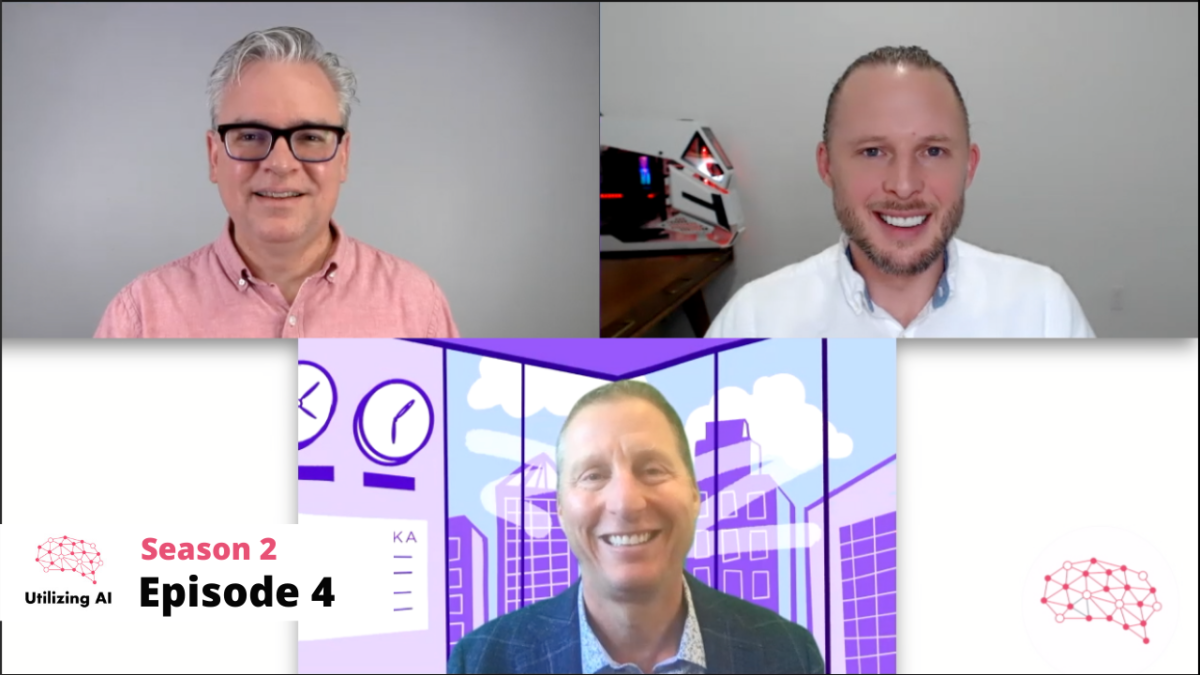Most organizations have a vast amount of so-called unstructured data, and this poses a major risk for operations


Most organizations have a vast amount of so-called unstructured data, and this poses a major risk for operations

Big data really wasn’t all that big until modern analytics and machine learning applications appeared, but now storage solutions have to scale capacity and performance like never before

When it comes to AI, it’s garbage in, garbage out: A model is only as good as the data used

Biases can creep into any data set, and these can cause trouble when this data is used to train an AI model

Productive use of AI requires the application of existing models to new applications through a process called transfer learning

BrainChip is developing a novel ultra low power “neuromorphic” AI processor that can be embedded in literally any electronic device, rather than centralizing learning in high performance processors

AI is impacting IT operations more quickly than expected, and companies like Splunk are leveraging it to augment staff capabilities

Ken Grohe of Weka discusses various business use cases for AI-enabled applications with Chris Grundemann and Stephen Foskett

Per Nyberg of Stradigi AI discusses “blue collar” AI applications with Stephen Foskett. What problems can businesses solve with AI technology? Machine learning can find anomalies and outliers in manufacturing and finance, look for relationships in data, and cutting through the complexity of multi-disciplinary data

There are many “last mile” items on the enterprise checklist, and companies are struggling to connect everything together